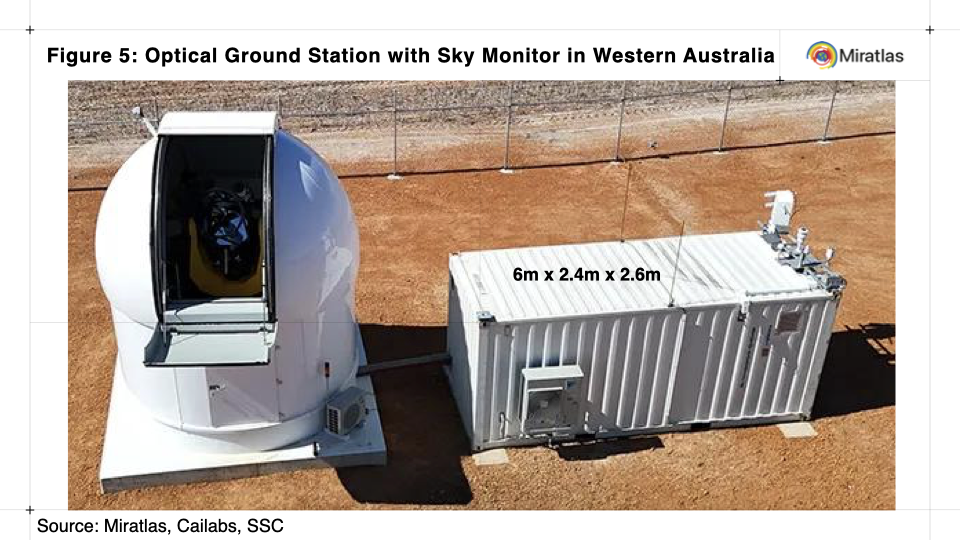How Miratlas is Turning the Sky into the Foundation for Laser Communications
The next internet revolution won’t be built on the ground it will be transmitted through light. But to make space-to-Earth laser communications work, we need to understand the one variable no satellite can escape: the atmosphere. In this episode of Tech Command Investing, I speak with Jean-Edouard Communal, Co-Founder & CEO of Miratlas, whose atmospheric data is quietly becoming the backbone of the optical internet.

🎧 Listen now:
| Amazon Music | Spotify | Apple Podcasts | YouTube | Audible
Without Miratlas, the promise of laser-based satellite networks would never touch the ground. The company provides real-time data on clouds, turbulence, and optical clarity the very factors that determine whether a laser beam can connect from orbit to a receiver on Earth.
Miratlas’s network of Sky Monitors captures atmospheric conditions from over 50 sites worldwide, translating them into predictive intelligence for operators planning free-space optical communication. Their data makes it possible to forecast when and where laser links will remain stable, turning uncertainty into operational advantage.
In our conversation, Jean-Edouard explains that the bottleneck in laser communications isn’t in orbit it’s in the air. By modeling turbulence and atmospheric distortion, Miratlas allows satellites, drones, and ground networks to schedule links with confidence, maximizing uptime and reliability.
This shift marks a strategic inflection point for both telecom and defence. Optical links offer orders-of-magnitude more bandwidth than RF, while remaining stealthy and unjammable critical for secure military networks and sovereign communications. As space infrastructure expands, control of the optical ground layer will increasingly define who owns the world’s data highways.
Miratlas is effectively mapping the invisible infrastructure of space — a data service that underpins connectivity, deterrence, and sovereignty in equal measure.
Key Takeaways
Atmosphere as the bottleneck: Clouds and turbulence, not satellites, limit the performance of optical communications.
Forecasting light: Miratlas transforms atmospheric conditions into actionable data for satellite operators and defence users.
Stealth and resilience: Optical links enable unjammable, low-detection communications critical for modern deterrence.
Sovereign control: Ground optical networks are emerging as a new strategic asset in national security.
Scalable model: With 50+ monitoring stations worldwide, Miratlas delivers predictive visibility across the globe.
The future of global communications depends on the one thing we can’t see the air between Earth and orbit. By decoding it, Miratlas is laying the groundwork for the next era of high-capacity, sovereign connectivity.
Investing in Europe’s Dual-Use Innovators
At KARISTA, we’re raising the successor K Tech II fund, focused on Defence, Space, and Security — backing the pioneers bridging civilian and military innovation to strengthen resilience and sovereignty. Learn more →



